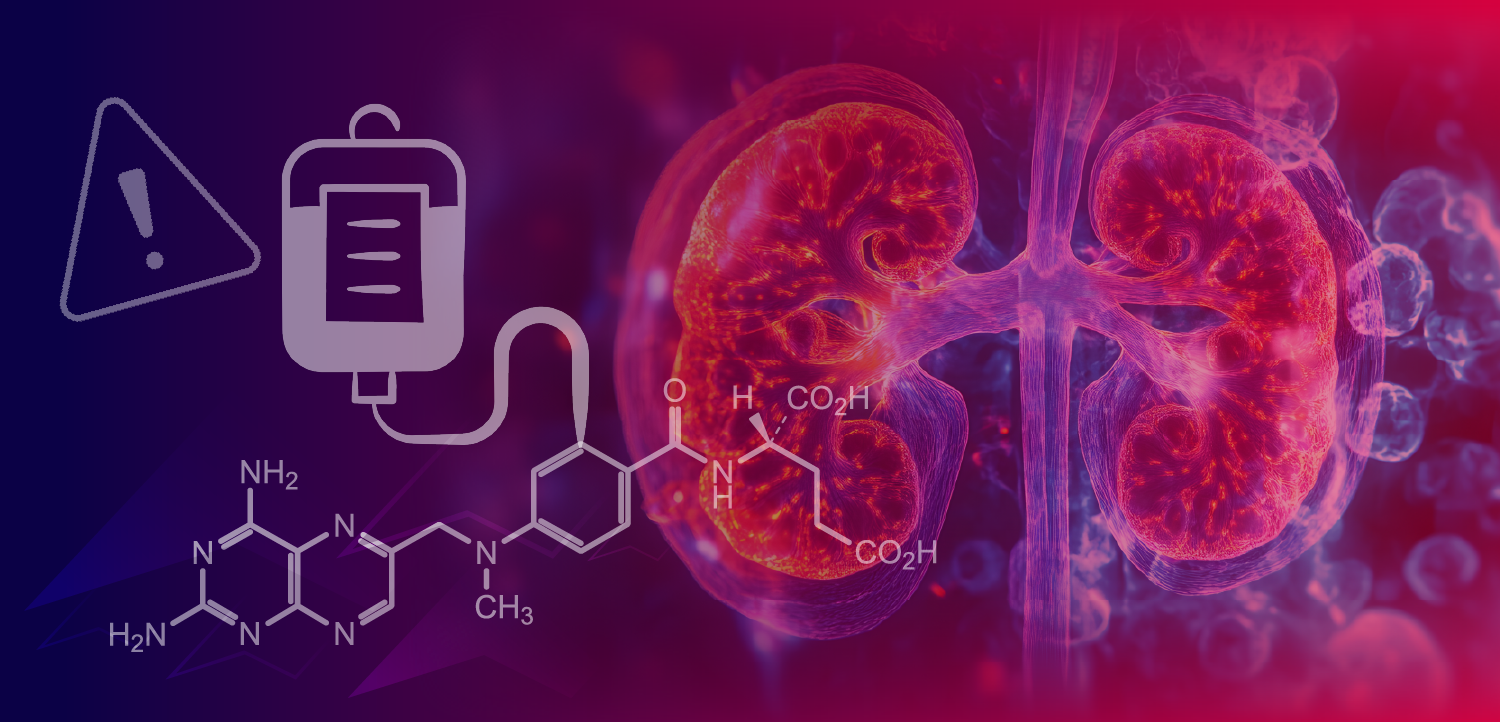
SAN FRANCISCO--Interim results of a major intergroup study of paclitaxel (Taxol) as adjuvant treatment of node-positive breast cancer "will change the standard of care for node-positive breast cancer patients," I. Craig Henderson, MD, of the University of California, San Francisco, said at ASCO.



















































































